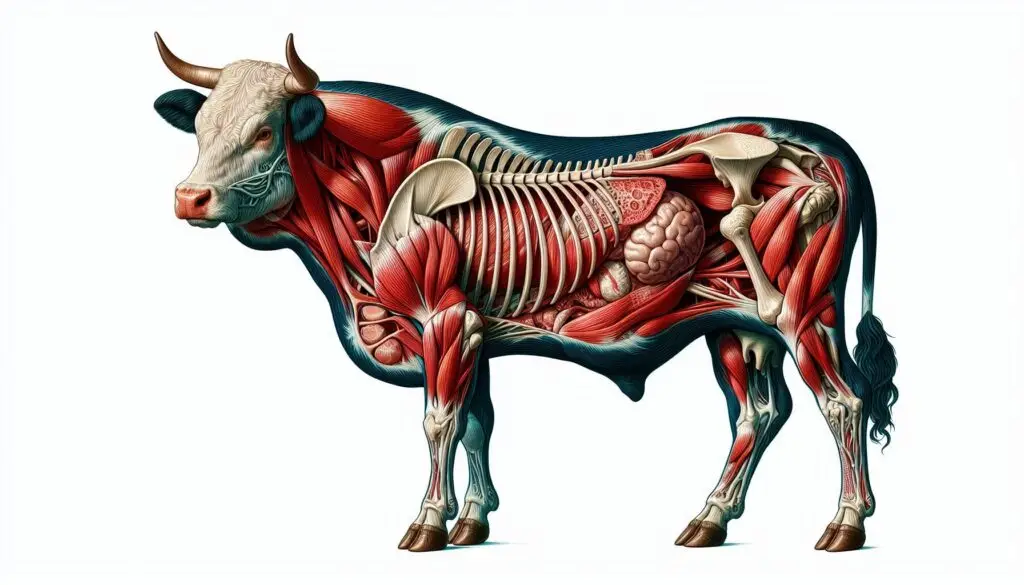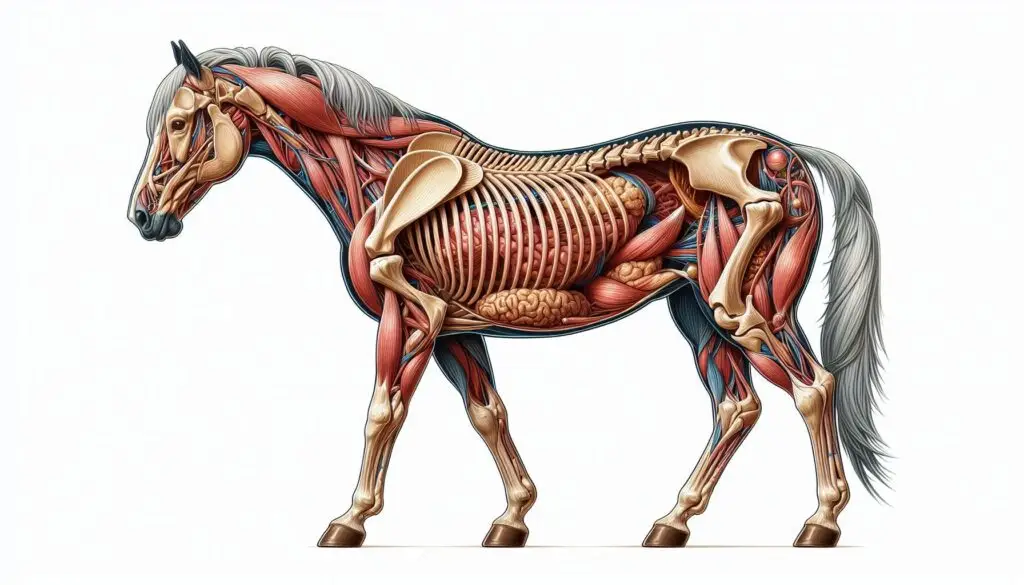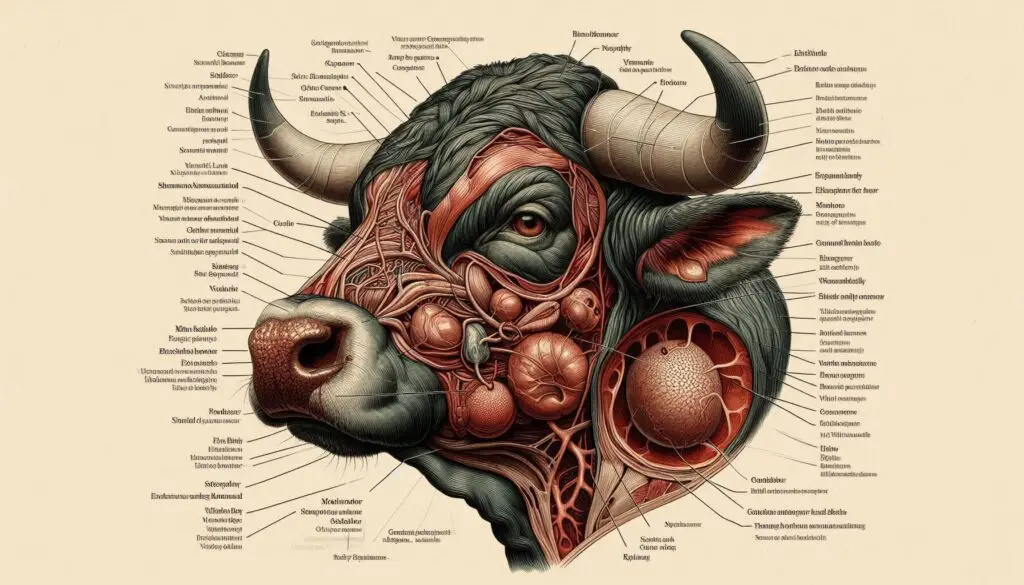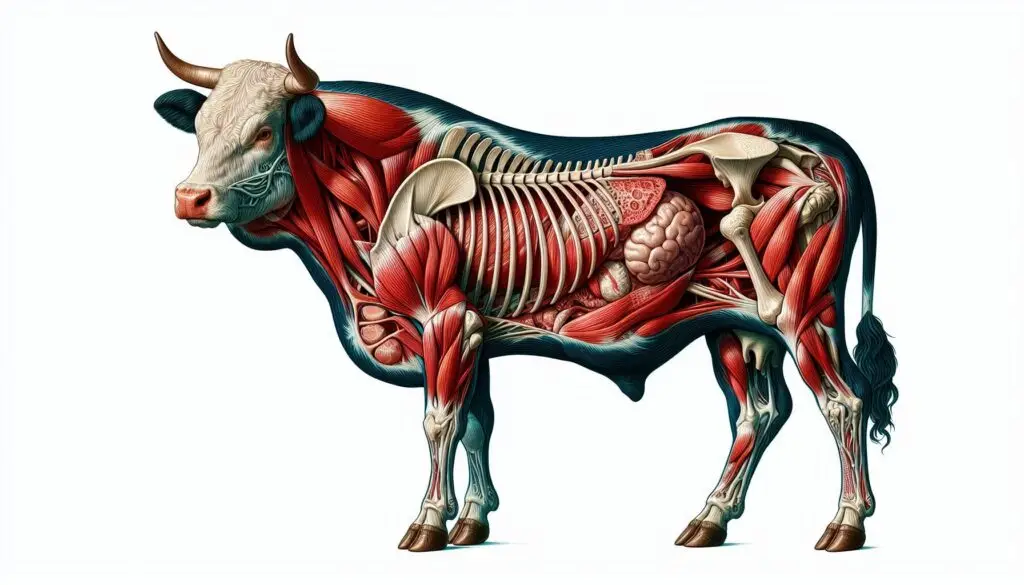Transporting Diluted Semen: Best Practices and Guidelines

Transporting diluted semen is a critical step in the artificial insemination process, as it requires careful handling and temperature control to maintain sperm viability and fertility. Whether you’re a veterinarian, livestock breeder, or involved in the semen collection and distribution industry, it’s essential to follow best practices and guidelines to ensure the safe and effective transport of diluted semen. In this comprehensive article, we’ll explore the key considerations and precautions to take when transporting diluted semen.
Importance of Proper Semen Transport
Proper transport of diluted semen is crucial for maintaining the quality and fertility of sperm cells. Exposure to extreme temperatures, sunlight, and physical stress can significantly impact sperm motility, viability, and overall fertility. By adhering to established guidelines and best practices, you can minimize the risks associated with semen transport and ensure the successful insemination of animals.
Precautions for Transporting Diluted Semen
1. Sun Exposure Warning
When transporting diluted semen by rail or bus, it’s essential to avoid exposing the semen containers to direct sunlight. Prohibit loose handling and dumping in godowns to prevent damage to the semen samples.
2. Container Labeling
Clearly mark the semen transport containers as “Living Biological Product” and emphasize “Gentle Handling, Not to be Exposed to Sun.” This labeling helps ensure that the containers are handled with care and protected from direct sunlight during transit.
3. Temperature Maintenance
Fill thermos flasks with sufficient crushed ice to maintain a temperature below 10°C during transport. If necessary, consider lowering the temperature to 5°C to 7°C to provide an additional layer of protection for the semen samples.
4. Air Space in Vials
When filling semen vials, minimize the airspace to reduce the risk of temperature fluctuations during transport. Reducing the air space helps maintain a stable temperature within the vials.
5. Protective Jackets
Place semen vials in secure glass or plastic jackets to shield the spermatozoa from cold shock and contamination. These jackets act as a barrier, protecting the delicate sperm cells from external factors that could compromise their quality.
6. Cushioning and Wrapping
Individually wrap corked semen vials in cotton wool or foam padding to provide additional cushioning and protection. Place the wrapped vials in a waterproof container to prevent contact with water during transport.
7. Protective Crates
Use iron or wooden crates to safeguard thermos flasks and shipments from damage during rail or road transport. These sturdy crates help prevent physical stress and impact on the semen samples, ensuring their safe arrival at the destination.
Shipment of Frozen Semen
When transporting frozen semen, it’s crucial to use appropriate refrigerants to maintain the necessary temperature throughout the journey. Two commonly used refrigerants for frozen semen shipment are dry ice (CO2) and liquid nitrogen.
Dry Ice (CO2)
Dry ice functions at a temperature of -79°C. While it can effectively maintain the frozen state of semen samples, it has a shorter safety factor compared to liquid nitrogen.
Liquid Nitrogen
Liquid nitrogen functions at a temperature of -196°C, providing a longer safety factor during frozen semen shipment. It is the preferred refrigerant for its extended temperature control capabilities.
Safety Considerations
When using liquid nitrogen as a refrigerant, it’s essential to prioritize safety measures. Liquid nitrogen can displace oxygen in enclosed spaces, leading to asphyxiation. Ensure proper ventilation and follow safety protocols when handling liquid nitrogen.
Factors Affecting Sperm Quality During Transport
Several factors can impact the quality and fertility of sperm cells during transport, including:
- Temperature fluctuations: Exposing semen samples to extreme temperatures or sudden temperature changes can lead to cold shock or heat stress, damaging sperm cells
. Mechanical stress: Physical stress, such as rough handling or vibrations during transport, can cause mechanical damage to sperm cells. Contamination: Improper handling or exposure to contaminants can introduce bacteria or other microorganisms into the semen samples, compromising sperm quality and fertility. Oxidative stress: Prolonged exposure to oxygen can lead to the formation of reactive oxygen species (ROS), which can cause oxidative damage to sperm cells
- .
Best Practices for Semen Transport
To ensure the safe and effective transport of diluted semen, follow these best practices:
- Maintain a consistent temperature: Keep semen samples at the recommended temperature throughout the transport process. Avoid sudden temperature fluctuations
. Minimize handling: Limit the number of times the semen samples are handled during transport. Proper labeling and packaging can help reduce unnecessary handling. Use appropriate containers: Select containers that are designed for semen transport, such as insulated thermos flasks or cryogenic dewars. Ensure that the containers are clean, sterile, and suitable for the specific refrigerant used. Follow transport guidelines: Adhere to the guidelines and regulations set by regulatory bodies or industry standards for the transport of biological materials. This includes proper labeling, documentation, and compliance with transportation laws. Monitor temperature during transport: Use temperature monitoring devices, such as data loggers or thermometers, to track the temperature of semen samples throughout the transport process. This helps ensure that the samples remain within the acceptable temperature range. Minimize transport time: Whenever possible, reduce the time between semen collection and insemination. Shorter transport times minimize the exposure of semen samples to potential risks and help maintain sperm quality. Train personnel: Ensure that personnel involved in semen collection, processing, and transport are properly trained in handling techniques, temperature control, and safety protocols. Regular training helps maintain consistent quality standards and minimize risks
- .
Conclusion
Transporting diluted semen requires careful planning, attention to detail, and adherence to established guidelines and best practices. By maintaining proper temperature control, minimizing handling and exposure to external factors, and using appropriate protective measures, you can help ensure the safe and effective transport of semen samples. This, in turn, contributes to the success of artificial insemination programs and the overall reproductive health of livestock. Remember, the key to successful semen transport lies in understanding the factors that can impact sperm quality, implementing appropriate precautions, and continuously monitoring the process to ensure optimal outcomes.
By prioritizing semen transport as a critical step in the artificial insemination process, you can help advance the field of animal reproduction and contribute to the success of breeding programs worldwide.
For more pearls of Vets Wisdom:





Responses